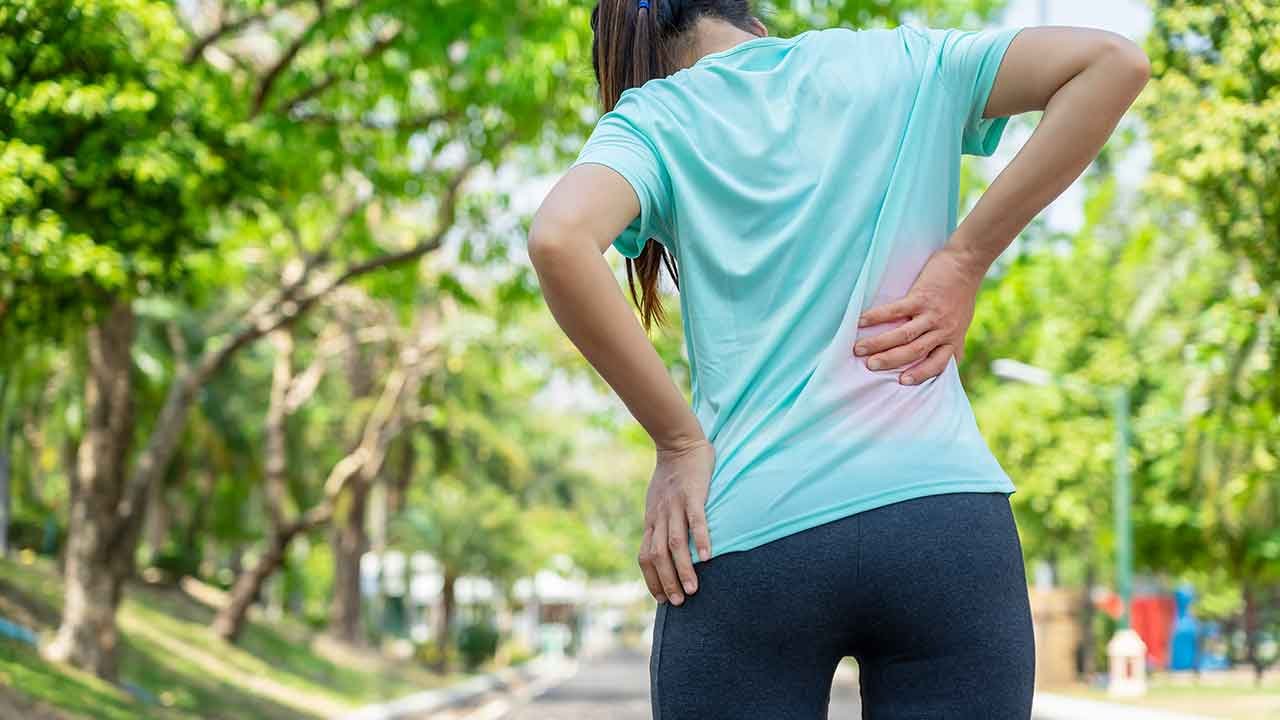Pain in the hip when walking can occur for many reasons and at any age. Different contrast strategies can be developed depending on the type of pain and the precise area in which it occurs.
Pain in the hip while walking: causes
The leading causes of hip pain that can be felt by walking are:
- arthritis,
- injuries, inflammations or diseases,
- muscle disease,
- bone disease,
- nerve problems.
Arthritis
Arthritis can cause hip pain at any age.
Various research shows that professional athletes who play impact sports are more likely to develop hip and knee arthritis forms in the future. Because one of the causes is precisely due to old traumas or injuries.
60+ old people, hip pain when walking is usually due to arthritis inside or around the joint.
Several types of arthritis can cause hip pain when walking:
- Juvenile Idiopathic Disease, Common in Children;
- Osteoarthritis, due to wear in the joints;
- Rheumatoid arthritis, an autoimmune disease affecting the joints;
- Ankylosing spondylitis, which primarily affects the spine;
- Psoriatic arthritis, affecting the joints and skin;
- Septic arthritis, caused by an infection in the joint.
Injury, damage, inflammation, and disease
Injury or damage to the hip joint can cause pain when walking. An injury to the hip and connecting areas, such as the knee, can damage or trigger inflammation of the bones, ligaments, or tendons of the joint itself.
Muscle or tendon conditions
These are the muscle conditions or tendons that are most responsible for hip pain.
- Bursitis: caused by inflammation of the fluid-filled bearings around the hip joint.
- Distortion or voltage: Conditions occurring due to excessive use of the muscles and ligaments of the hips and legs.
- Tendinitis: A condition caused by damage to the tendons that connect the hip muscles to the bones.
- Toxic synovitis: Inflammatory condition in the joint that causes hip pain in children.
- Inguinal Hernia: weakness or tearing of the lower wall of the stomach.
Bone conditions
Bone problems that can cause hip pain are these.
- Also fractured or broken.
- Location: occurs when the upper part of the leg bone slides partially or entirely out of the joint.
- Osteoporosis: A common condition, especially in the elderly, causes weak or fragile bones in the hip and other areas.
- Osteomyelitis: Bone infection inside or around the hip.
- Bone cancer.
- Leukemia.
- Legg-Calve-Perthes Disease: occurs in children where the femur does not receive enough blood.
- Vascular necrosis or osteonecrosis.
Nerve problems or damage
Nerve problems in or near the hip joint can also cause pain when walking, primarily if they are crushed or damaged in the back.
- Sciatic: Nerve crushed in the lower back.
- Sacroiliitis: nerve damage due to inflammation at the point where the spine joins the bone in the pelvis.
- Paresthetic Meralgia: nerve irritation in the outer part of the thigh, which may be due to obesity, tight clothing, or exercise.
Other causes of hip pain while walking
Also, the way you walk can trigger, over time, hip pain and muscle weakness in the hips, legs, or knees.
Also, affect flat feet and knee injuries.
Treatment for hip pain
Treatment for hip pain depends on the cause. Some, such as a crushed or irritated nerve or slight distortion, can disappear with time without the need for care.
In many cases, however, targeted physical activity can significantly improve the situation.
The most helpful exercises for strengthening the hip and knee joints improve the strength of the heart, back, and abdomen because they help keep the hip balanced when walking and running.
Also important is strengthening the back muscles of the thigh and quadriceps.
If, however, after a few days of persistent pain, the situation does not improve. A doctor should be contacted to evaluate whether or not to take a drug treatment or carry out specific tests to determine the cause of the disorder.
There are targeted exercises to strengthen the banks.
It is also useful to train weak ankles with specific exercises.
How to relieve pain during walking
In addition to exercise, there are some actions that, if performed, can make walking and standing more comfortable when you have hip pain.
- Wear comfortable shoes that support your feet.
- Wear large and comfortable clothes, especially around life and legs.
- If you have problems with your knees or feet, wear shoes on.
- Avoid walking or standing on hard surfaces for long periods.
- Raise your desk or workspace to avoid taking the wrong posture when working.
- Use a walking stick if it can help reduce hip pain.
- Limit the climb and descent of the stairs.
- Sit on a pillow or comfortable but solid support that supports the sides.
- Avoid hard surfaces like a chair or wooden bench and too soft like a sofa or bed.
